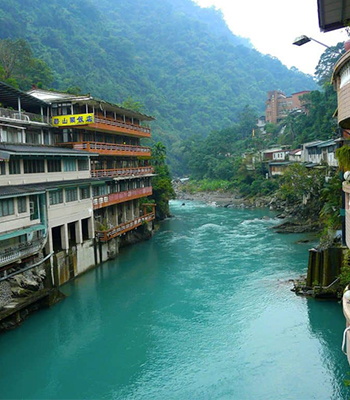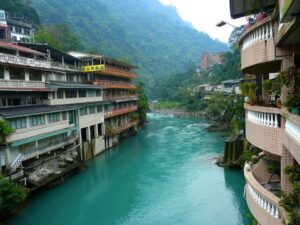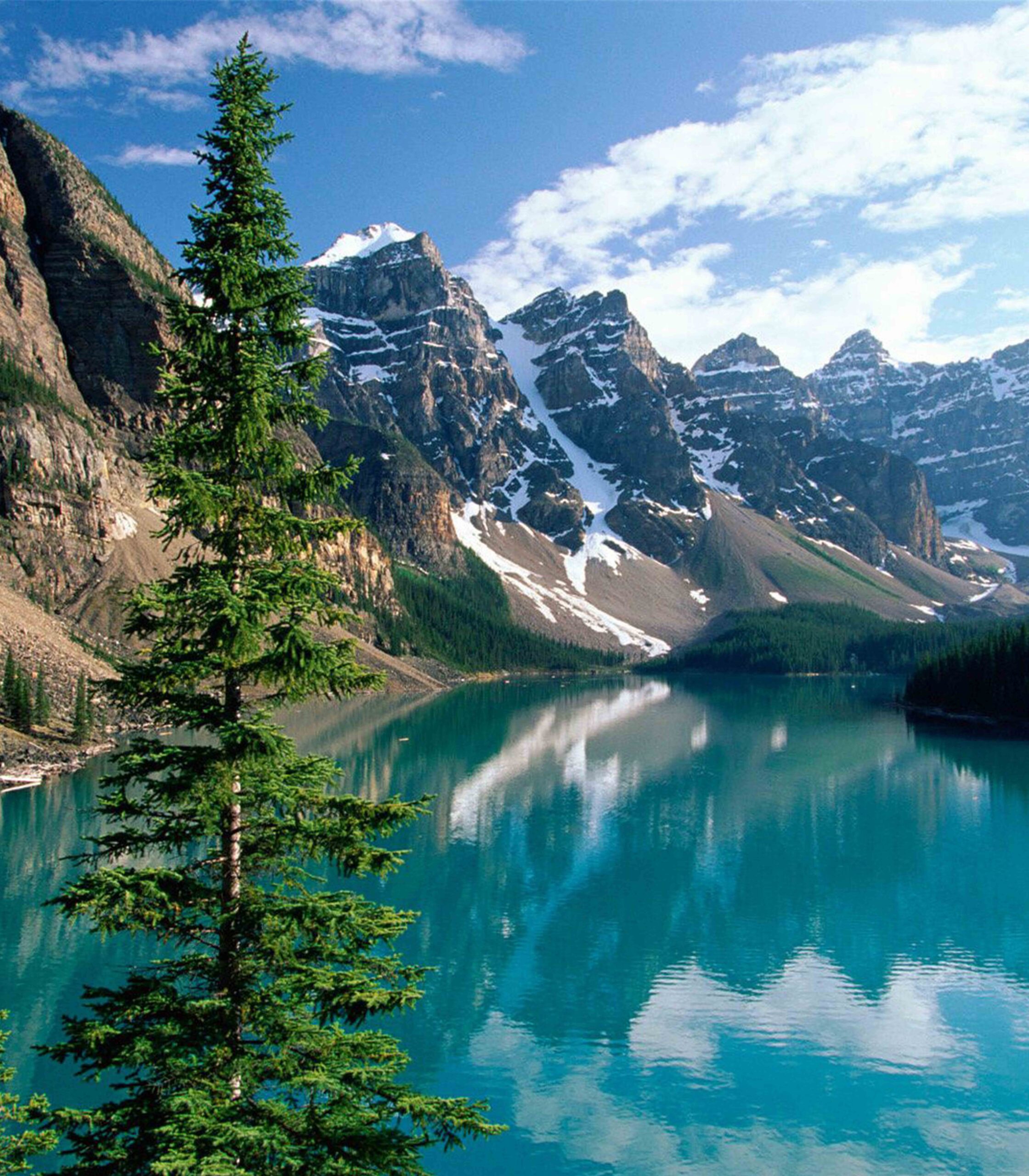
淺談永續觀光與氣候關係
旅遊業既是人類行為的類別,也是迎合其發展的數萬億美元的產業。
關於旅遊與環境的研究涉及廣泛的社會和自然科學學科,關鍵貢獻分散在許多領域。旅遊研究的傳統與環境科學的傳統大不相同。旅遊業是一個悠久而悠久的行業,但是旅遊業研究相對較小,新穎,孤立和內向,集團之間的競爭和奉獻者之間的爭論有不同的方式。旅遊研究的傳統包括高度重視書籍,作為期刊文章的補充,以介紹主要研究數據和評論。除了極少數的例外情況,在影響最大的旅遊期刊中,環境方面的問題略有減少。這甚至適用於諸如氣候變化之類的問題,對於旅遊業的未來形態和生存至關重要。關於旅遊業和環境的許多最重要和最相關的研究已經發表在自然保護和經濟學期刊上。關於旅遊業和環境各個方面的學術出版物約有1,500篇,其中大多數是在過去25年內出版的。實際上,有超過600篇文章分析了鳥類和其他陸地野生動植物的休閒干擾。關於生態旅遊的內容有好幾卷,在方法和技術細節上差異很大。與這些相關的是有關休閒生態學,探險旅遊以及公園和荒野管理的文章。有關於可持續旅遊業和負責任旅遊業的書籍,主要針對社會和經濟方面的考慮。對於大規模或主流固定站點旅遊開發的環境規劃和影響評估的研究有限。有幾本關於旅遊業和氣候變化的書。旅遊業將自然作為其產品的一部分;它造成環境影響;它有時可以促進保護。這篇評論依次考慮了這三種相互作用。因此,它始於旅遊研究中最受關注的考慮,而始於環境研究中更受關注的考慮。它直接引用了大約十分之一的相關文獻,著重於大型評論,經典著作,每個子主題中的最新文章以及在可能的情況下排名最高的期刊中。
Tourism is both a category of human behavior, and the multitrillion-dollar industry that caters to it. Research on tourism and environment crosses a wide range of social and natural science disciplines, and key contributions are scattered across many fields. Traditions in tourism research are very different from those in environmental science. Tourism is a large and long-established industry,but tourism research is relatively small,new, insular and inward looking, with competition between cliques and debate between devotees of different methods The traditions of tourism research include a strong emphasis on books, as a complement to journal articles, to present primary research data as well as reviews. With rather few exceptions, environmental aspects get a somewhat short shrift in the highest-impact tourism journals. This applies even for issues such as climate change, which are critical to the future shape and survival of the tourism industry. Much of the most significant and relevant research in tourism and environment has been published in journals of conservation and economics. There are ∼1,500 individual academic publications on various aspects of tourism and environment, most of them published within the past 25 years. Indeed, there are over 600 articles analyzing recreational disturbances to birds and other terrestrial wildlife . There are several volumes on ecotourism, differing considerably in approach and technical detail. Related to these are texts on recreation ecology, adventure tourism, and park and wilderness management. There are books on sustainable tourism and responsible tourism, oriented largely toward social and economic considerations. There is limited research on environmental planning and impact assessment for large-scale or mainstream fixed-site tourism development. There are several books on tourism and climate change. Tourism uses nature as part of its products; it creates environmental impacts; and it can sometimes contribute to conservation . This review considers these three interactions in turn. Thus, it starts with considerations of most concern in tourism research and ends with those of greater interest in environmental research. It cites about one-tenth of relevant literature directly, emphasizing large-scale reviews, classic contributions, the most recent articles in each subtopic, and, where possible, the highest-ranked journals.

主流,冒險,消費和非消費行業
人們旅行探訪其他人和其他地方,標誌性景點包括自然與文化:國家公園和著名建築。大約五分之一的全球旅遊業每年價值約一萬億美元,嚴重依賴於戶。因此,在旅遊人口統計和動機,旅遊營銷以及本地或全球各個活動子行業的經濟規模方面都有大量的研究文獻。關於產品設計和競爭性微調的細節文獻也相對較少。但是,其中的環境成分在實踐和分析中都受到很大限制。按經濟支出衡量,基於自然的最大子部門是那些包括廣泛的住宿和活動基礎設施以及相關的便利設施遷移和住宅物業開發的子部門。在這些情況下,自然環境主要用作室外遊樂場。主要的例子是滑雪業,碼頭業和海灘旅遊業。就研究而言,這些被視為大眾旅遊或主流旅遊。滑雪勝地依靠零售購物區和住宅用地銷售以及纜車票銷售,但其位置和佈局取決於地形和氣候,許多滑雪場原本是分配用於林業或自然保護的公共土地。在發達國家,海灘和濱海旅遊業已基本融入沿海城市。在發展中國家,主要模式是飛地度假勝地,有時會發展成度假小鎮。儘管大多數旅遊企業是私人所有,但在某些國家/地區,它們直接由政府機構擁有。在另一些國家中,它們是由政府官員通過光顧制度私人擁有的。許多戶外旅遊活動也涉及大量參與者,但基礎設施和相關支出較少。大多數都可以作為獨立的自給自足的娛樂活動或作為商業旅遊產品。可以將它們分為三類,通常被標記為基於消費,冒險和(非消費)自然。所有這些都可能具有海洋和陸地成分。基於消費的自然旅遊是指休閒狩獵和捕撈。
Mainstream, Adventure, Consumptive, and Nonconsumptive Subsectors
People travel to visit other people and other places, and icon attractions include nature as well as culture: national parks as well as famous buildings. About a fifth of the global tourism and travel industry, worth around a trillion U.S. dollars a year, depends heavily on outdoor. There is thus an extensive research literature on tourist demographics and motivations, on tourism marketing, and on the economic scale of various activity subsectors either locally or globally. There is also a rather more limited literature on the details of product design and competitive fine-tuning. Environmental components of these, however, are rather limited both in practice and in analysis. As measured by economic expenditure, the largest nature-based subsectors are those that include extensive accommodation and activity infrastructure as well as associated amenity migration and residential property development. In these cases, the natural environment is used principally as an outdoor playground. The main examples are the ski industry, the marina industry, and the beach tourism sector. In research terms, these are considered as mass or mainstream tourism. Ski resorts rely on retail shopping precincts and residential land sales as well as on lift ticket sales, but their position and layout is dictated by terrain and climate, and many are on public land originally allocated for forestry or conservation. In developed nations, beach and marina tourism are largely integrated into coastal cities. In developing nations, the main model is the enclave resort, which sometimes grow to resort towns. Although most tourism enterprises are privately owned, in some countries they are owned directly by government agencies. In others, they are owned privately by government officials through systems of patronage. Many outdoor tourism activities also involve large numbers of participants, but less infrastructure and associated expenditure. Most are available either as independent self-supported recreation or as commercial tourism products. They may be considered in three categories, commonly labeled as consumptive, adventure, and (nonconsumptive) nature based. All of these may have marine as well as terrestrial components. Consumptive nature-based tourism refers to recreational hunting and fishing.

探險旅遊使用室外自然環境作為基於刺激的休閒的環境,而不是欣賞自然。但是,個人動機和商業產品的設計都存在相當多的重疊,通常在單個產品中包含基於自然,冒險和文化的成分。觀看野生動植物既有趣又有教育意義,許多冒險活動都在壯觀的風景中進行。至少提供45種不同的戶外活動作為冒險旅遊產品。已對此進行了詳細的風險管理和參與者動機調查。單個產品的結構和包裝,包括單個參與者技能和遠程圖標目標的作用,都沒有得到很好的研究。基於自然的非消費性旅遊包括基於觀賞動物或植物或欣賞風景的所有活動。在全球範圍內,該子行業主要依賴於國家公園,荒野地區以及其他公共土地和海洋。當地居民,獨立旅行者和商業旅行客戶來訪。關於遊客數量以及依賴於特定保護區或野生動植物種群的旅遊業的經濟規模,經濟影響和社會經濟價值,已有大量研究。由於破壞自然環境給旅遊業造成的經濟損失的研究較少。基於自然的旅遊業提供了一種立即可見的現金組成。
Adventure tourism uses outdoor natural environments as a setting for excitement-based recreation rather than appreciation of nature. There is, however, considerable overlap both in individual motivations and in the design of commercial products, which often include nature-based, adventurous, and cultural components in a single product. Watching wildlife can be exciting as well as educational, and many adventure activities take place in spectacular landscapes. At least 45 different outdoor activities are offered as adventure tourism products. Risk management and participant motivations for these have been examined in particular detail. The structure and packaging of individual products, including the role of individual participant skills and remote icon destinations, are less well studied. Nonconsumptive nature-based tourism includes all activities based on watching animals or plants or enjoying scenery. Worldwide, this subsector relies largely on national parks, wilderness areas, and other public lands and oceans. These are visited by local residents, independent travelers, and commercial tour clients. There is considerable research on visitor numbers and on the economic scale, economic impacts, and social economic value of tourism reliant on particular protected areas or wildlife populations. There is more limited research on economic loss to tourism through damage to the natural environment. Nature-based tourism provides one immediately visible cash component.


氣候變化已經改變了不同旅遊目的地在一年中不同時間進行不同活動的相對吸引力。在許多國家中,許多經常光顧的滑雪勝地,滑雪季節已經越來越短,雪質也越來越差。海灘旅遊目的地可能會受到某些沿海地區暴風雨的影響,而潛水旅遊目的地則受到與海洋溫度和酸度升高相關的珊瑚礁破壞的影響。森林和林地地區的國家公園和荒野地帶可能會面臨更大的火災風險,並因此而關閉,從而妨礙了人們休閒娛樂。當前沒有特定人類疾病,病原體,寄生蟲或有毒動植物的目的地,將來可能不再享有這種優勢。當前充當旅遊勝地的原生生態系統可能會被雜草,野生動物或動植物病原體(其中一些被遊客自身散佈)入侵,因此可能變得吸引力減弱。旅遊業的各個部門可以以不同的方式受到影響。
The relative attractiveness of different tourism destinations, for different activities at different times of year, is already being altered by climate change. Skiing seasons are already shorter, and snow quality poorer, in many heavily frequented ski resort destinations in a number of countries. Beach tourism destinations may be affected by increasing storminess in some coastal areas, and dive tourism destinations are being affected by damage to coral reefs associated with increasing ocean temperatures and acidity. National parks and wilderness zones in forest and woodland areas may suffer higher risks of fire and consequent closure, preventing recreational access. Destinations that are currently free from particular human diseases, pathogens, parasites, or venomous animals and plants may no longer enjoy such advantages in future. Native ecosystems that currently act as tourist attractions may be invaded by weeds, feral animals, or plant and animal pathogens (some of them dispersed by the tourists themselves) and may become less attractive as a consequence. Various sectors of the tourism industry can be affected in different ways.

提供/Prof. Markus Pillmayer
圖/Website Resource
























